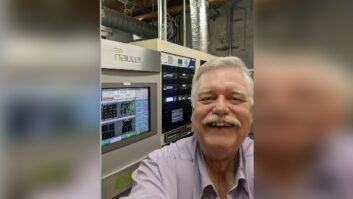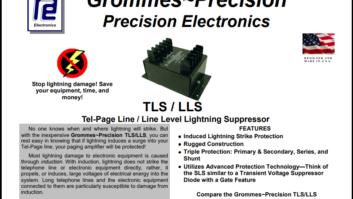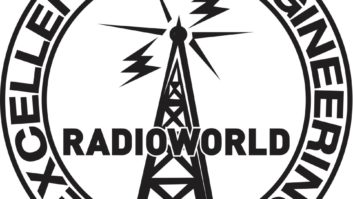
Larry Langford is owner and chief engineer of WGTO(AM) and W242CN, Cassopolis, Mich. His commentaries are featured regularly in the Commentary section of radioworld.com.
So you were lucky enough to get a new FM translator for your AM. And your consulting engineer found you the perfect frequency, with no co-channel interference, ensuring excellent coverage.
You’re set, right? Not so fast!
If you are on a nice quiet frequency, you will be pleased to find that you may enjoy decent coverage out to your 40 dBu contour, where most car radios can produce a fully quieted signal if there is nothing else to compete with it.
But therein lies the rub. While the band may be clear of licensed stations on that frequency, that does not mean you are in the clear. At 40 or 45 dBu your signal is fragile, to be sure; and you may be surprised how it can be affected.
I recently put a translator on 96.3 and while driving around to see how well it was doing in the 40 to 50 contour, I started hearing another station. But my engineering work told me that the co-channel stations should be well under 30 dBu (pretty much unreceivable) where I was hearing the problem.
A bit of detective work found an interesting situation. After crisscrossing the area for the better part of an hour, I found a spot where the interfering signal was strong enough to be heard well; it turned out to be overmodulated audio from CNN television! OK how could THAT happen?
More driving around and I was able to DF the signal to, of all places, the local fitness center.
I went inside the center and right away found the problem. On a large-screen TV was a sign that informed those using the treadmills that audio for the CNN screen could be found on 96.3.
OK, you’re saying it’s a Part 15 transmitter that is legal. Not really. We started hearing the interference almost 3 miles away, which far exceeds the legal reach of any Part 15 device, especially when it puts out enough to interfere with a legit signal at that range.
Once we showed the manager a copy of our new license and the regulations, he was quick to call his people and move the CNN audio to a new spot. But I told him that he needs to check the power because it’s obviously much too high. Chances are he was using one of those 1- or 2-watt kits you can buy on the Internet. We have since found a couple of other places using 96.3 for local and not-so-local feeds. Before we came on the air, the frequency was quiet and a good choice for Part 15 service — but now, not so much.
So take it upon yourself to make sure what you thought was clear is in fact clear. You must police your own frequency.
Also, even if a Part 15 device is operating at legal power, it still cannot cause ANY interference to your licensed signal, and you have the right to ask them to shut it down. With translator power being limited, you need as clear a field as you can get.
In most cases offenders will comply with your request to cease and desist. If not, a written threat to notify the closest FCC office might add the needed weight, especially if you mention that FCC enforcement just might include a visit from the U.S. Marshals Service.
Good luck!







